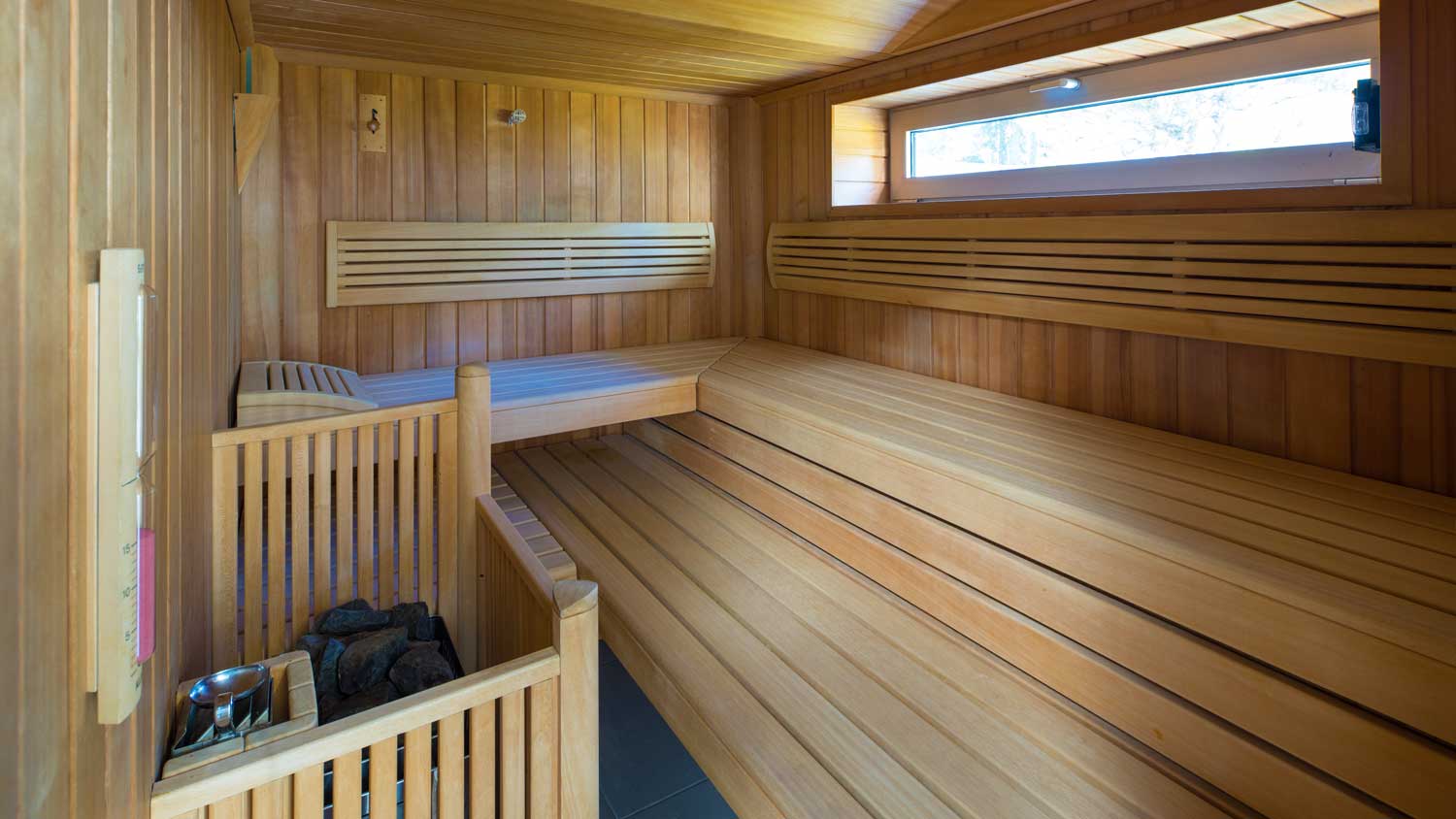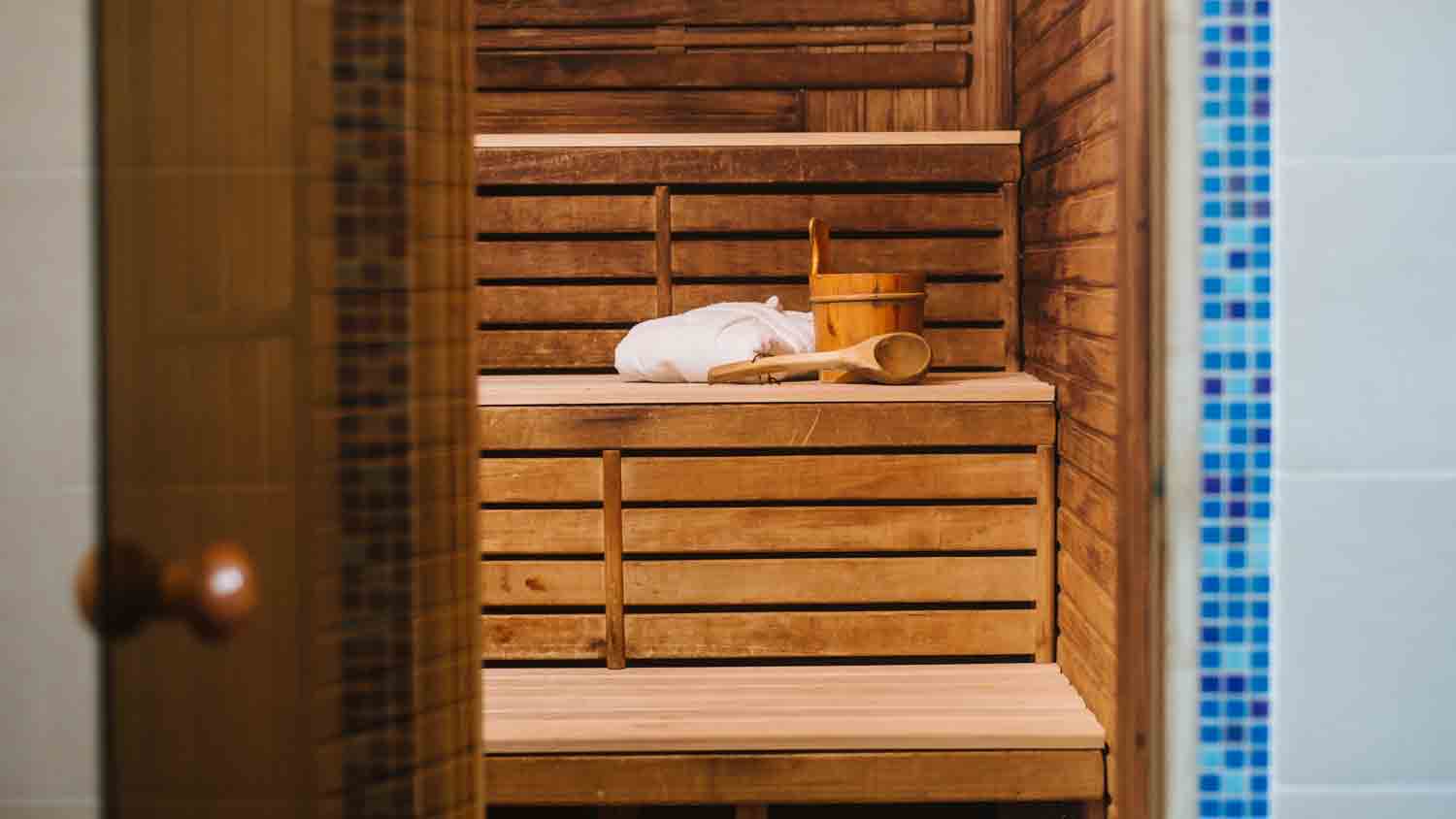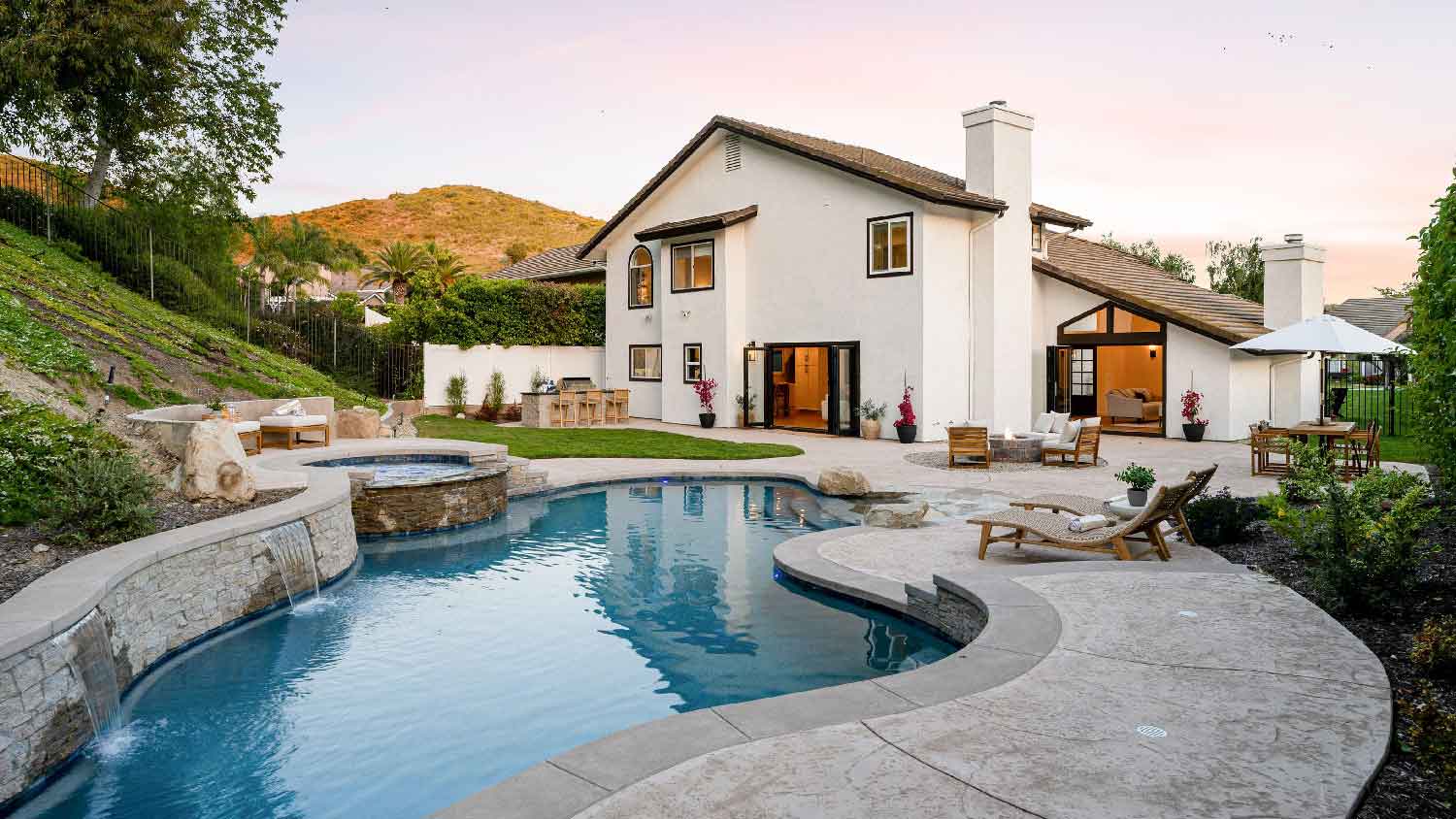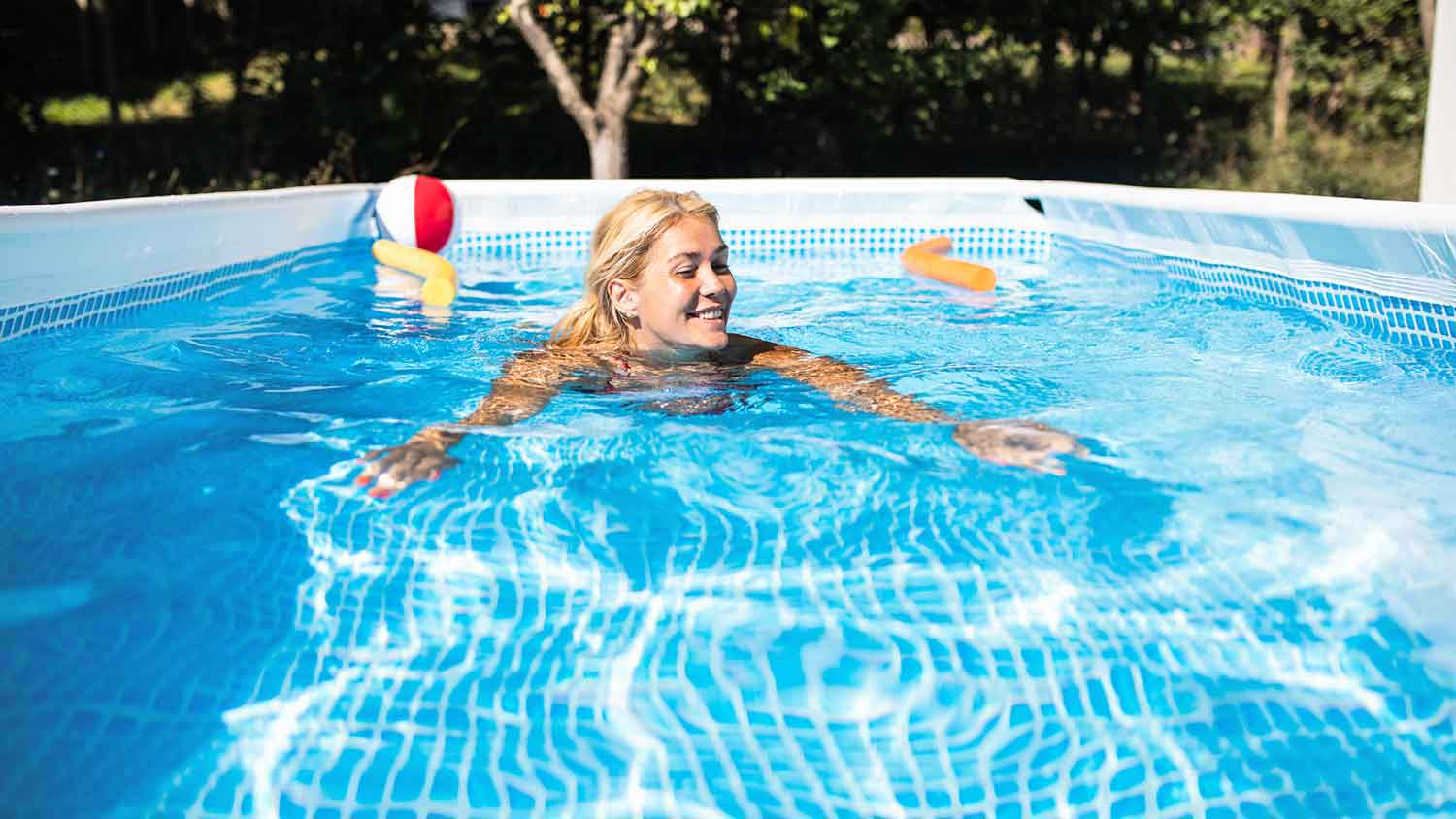Where to Put a Sauna in Your House
Find the ideal spot for your at-home sauna


You can place a sauna anywhere, as long as you have space.
You can convert a basement, attic, or garage to an at-home sauna.
Indoor saunas keep you protected from the elements.
Outdoor saunas do not require major changes to your house.
If you want to get a sauna for personal use, you should first consider where to put it. These specialized rooms have specific requirements that may prevent you from simply placing one in your bedroom and calling it a day. This article will tell you where you can put a sauna in your house and how to make it work.
Factors to Consider
A sauna is a wonderful addition to your home, provided you put it in the best place for your needs. Figuring out where to locate it is a concern on par with knowing how to build a sauna in the first place. Of course, you will need to consider several factors about the sauna and the room when selecting where it will go.
Physical Space
The biggest consideration is the physical space in which the sauna will go. If the sauna setup is too large for the room, it will not fit. You have to consider the width of the room itself, as well as hallways and ceiling clearance.
The size of the heater is the primary concern. If you are looking to convert a smaller room, you can make things work with a smaller heater. Once you have accounted for the heater, you will need to ensure that you have enough space to move around comfortably, sit, or even lie down.
Ventilation
Proper airflow is necessary in a sauna because of the humidity. Saunas operate with moist heat, but that moisture combined with the high temperature can encourage bacteria and disease-causing agents to grow and spread. If you plan to share the sauna with others, you will increase health risks without adequate ventilation.
One way to deal with this issue is to opt for an infrared sauna. These saunas use infrared rays to warm the body directly without heating the surrounding air, thus creating less humidity. Be mindful of infrared sauna cost, though, as these units can sometimes incur more expense to install.
Plumbing and Electricity
A sauna’s heater requires energy, so any sauna room needs adequate outlets and power output. This consideration is especially vital if you plan to do a DIY sauna installation. You will need to consult with a licensed electrician to ensure that the wiring is in a safe place for prolonged sauna use.
If you are looking to access the benefits of a hot sauna-cold plunge combo, you may want a source of cold water nearby, preferably a shower, tub, or even a hose. Placing your sauna in a room without plumbing means that you will need to set up a water source nearby where you can cool off without delay.
Accessibility and Safety
A sauna should go into a room where you and others can get to it easily without worrying about having to reorganize furniture or other clutter. Ease of access is as important for safety in potential emergencies as it is for convenience. You should also be able to reach all parts of the heater if you need to perform maintenance on it.
Best Places to Put a Sauna
Multiple rooms in your house would make a great location for an in-home sauna. You could put a sauna virtually anywhere if you set it up correctly. Here are some of the best locations for an in-home sauna.
Basement

Your basement already has the potential for many remodeling ideas. It makes a great location for a sauna, due to how private it is. You can relax without interrupting anyone else in the house.
If you choose to turn your basement into a sauna, you will need to account for moisture. Being slightly underground causes issues with moisture buildup, and the added humidity from a sauna could lead to the development of mold in some areas. Ensure that the basement has sufficient ventilation and use high-quality wood to insulate the sauna.
Attic
An attic offers many of the same advantages as a basement. It is a space that can see many uses while still being away from the traffic of the house. The main difference is that the attic will be warmer due to rising heat and more exposure to the sun, so you may be able to run your sauna at a lower temperature.
Much like a basement, moisture control through proper ventilation is vital in an attic. The supporting structure of the roof is susceptible to damage from mold growth and excess water when humidity is present in the air.
In addition, running electrical wiring to an attic may be more complex than doing so in a basement, due to fewer walls being present. A full DIY approach may require more professional help in the attic than in any other room of the house.
Garage
Provided you do not need the space to store a vehicle, a garage serves as another great out-of-the-way location for a sauna. Similar to a basement, the garage does not get a lot of traffic and is typically insulated from outside noise.
One of the biggest draws to converting a garage is the ample ventilation that these areas tend to have. You can add vents or windows to increase airflow. Additionally, a garage floor is usually made from concrete. Unlike tile or hardwood, there is less need to insulate the floor against excess moisture and heat.
Bathroom
If your sauna-building plans include plumbing, converting a bathroom into a sauna room is a perfect idea. Many people like to move from the sauna to the shower. Using a bathroom may eliminate the need to run a new line for water, possibly lowering your home sauna cost in the process.
The best part is that you can install a sauna of virtually any size. If you prefer to save money by going for a smaller sauna setup, your bathroom could make a great location.
Choosing an Indoor or Outdoor Sauna

Modern modular sauna setups can exist inside your home in practically any room; however, you can choose an outdoor sauna if you are willing to do a little extra work to ensure it has the appropriate amount of power and space.
| Indoor Sauna | Outdoor Sauna |
|---|---|
| Protected from the elements | No need for changes to your house |
| Fewer privacy concerns | Fewer home safety concerns |
| Potentially less expensive | May allow more social sessions |
| Accessible all year round | More connected to nature |
Indoor saunas have the benefit of existing in a protected, climate-controlled environment. Regardless of whether there is pouring rain, driving snow, bitter cold, or harsh heat, you can use an indoor sauna comfortably. And, depending on your preferred state of dress while relaxing, you do not have to run from your home to the sauna while concerning yourself with covering up adequately for the neighbors’ comfort.
Outdoor saunas, however, allow you to surround yourself with nature as an added element to your relaxation session. You also do not have to worry about making any major alterations to your home to convert a room to a sauna, nor be as concerned about moisture buildup. Being separate from the house means that, if something goes wrong with the heater or the wiring, there is less risk of damage to your home.
Whether indoors or out, setting up a sauna requires many considerations to ensure a safe and enjoyable installation. By contacting a local sauna installation professional, you can make it easier to put a sauna wherever you want, bringing relaxation into your home with minimal hassle.





- Who Do You Call to Install a Sauna for Your Home?
- Buying a Sauna for the Home: 10 Sweat-Free Tips You Need to Know
- Infrared Sauna vs. Traditional Sauna: Which Is Best for You?
- Steam Shower vs. Sauna: Which Is the Best for Your Home Spa?
- Indoor vs. Outdoor Sauna: Which Should You Choose?
- 8 Stylish Ways to Remodel Your Unfinished Basement
- 11 Home Heating Mistakes You Didn't Know Were Costing You
- 11 Handy Tips and Tricks to Help With Your Next Home Project
- What Is the Best Temperature to Set Your Air Conditioner to in the Summer?
- Can You Use Water if the Water Heater Is Leaking?










